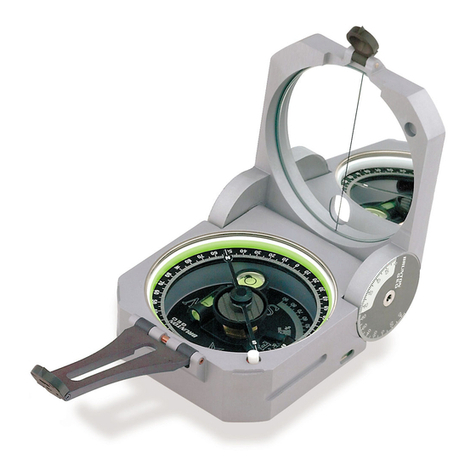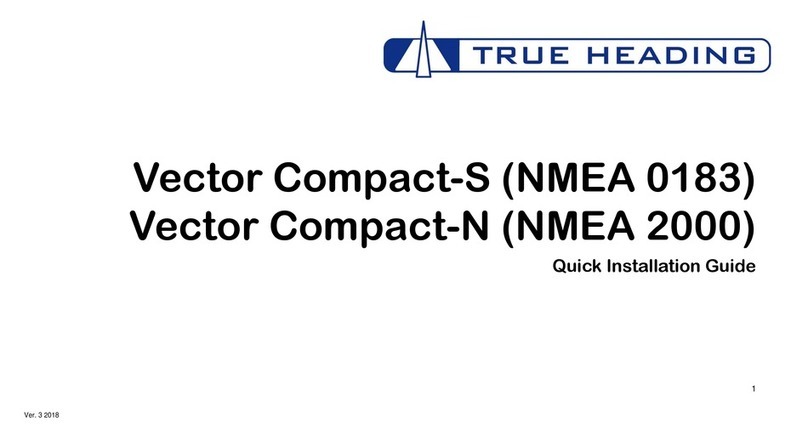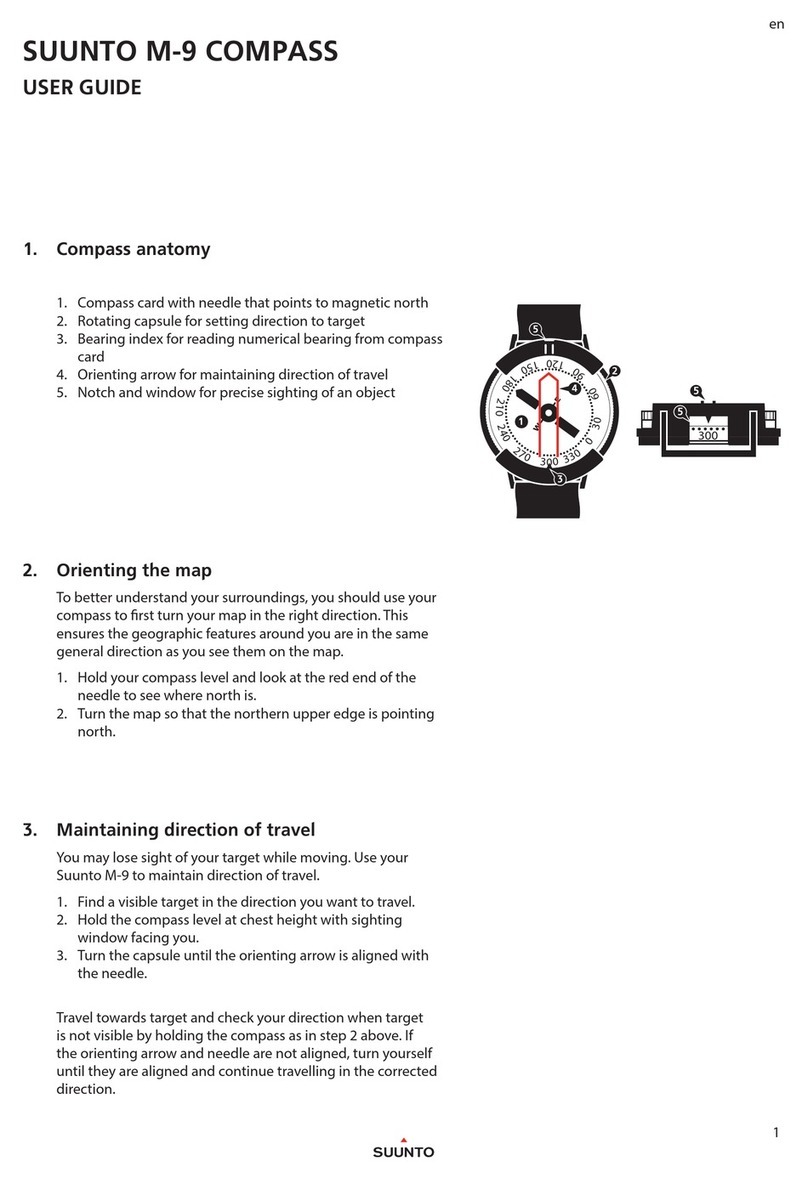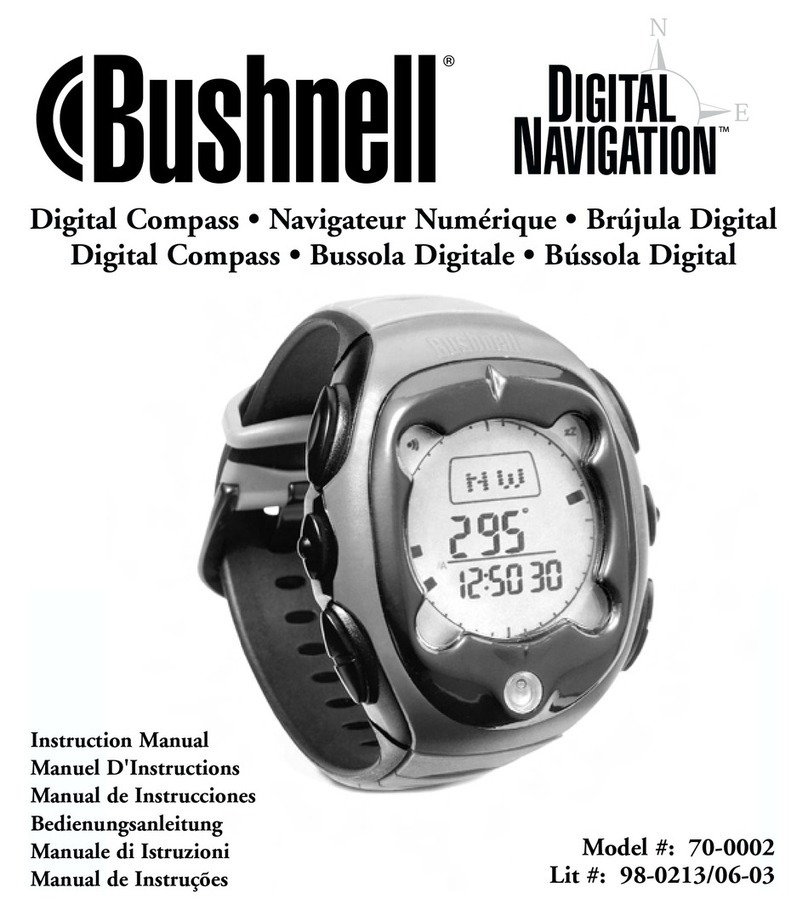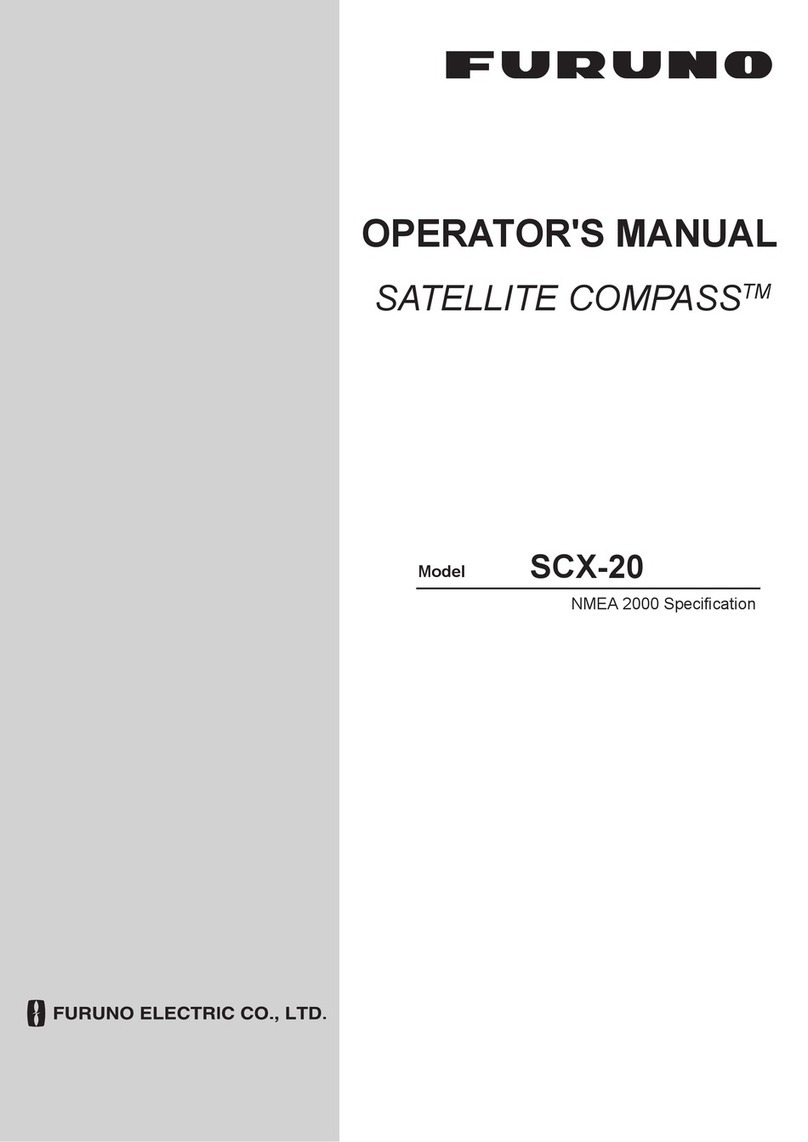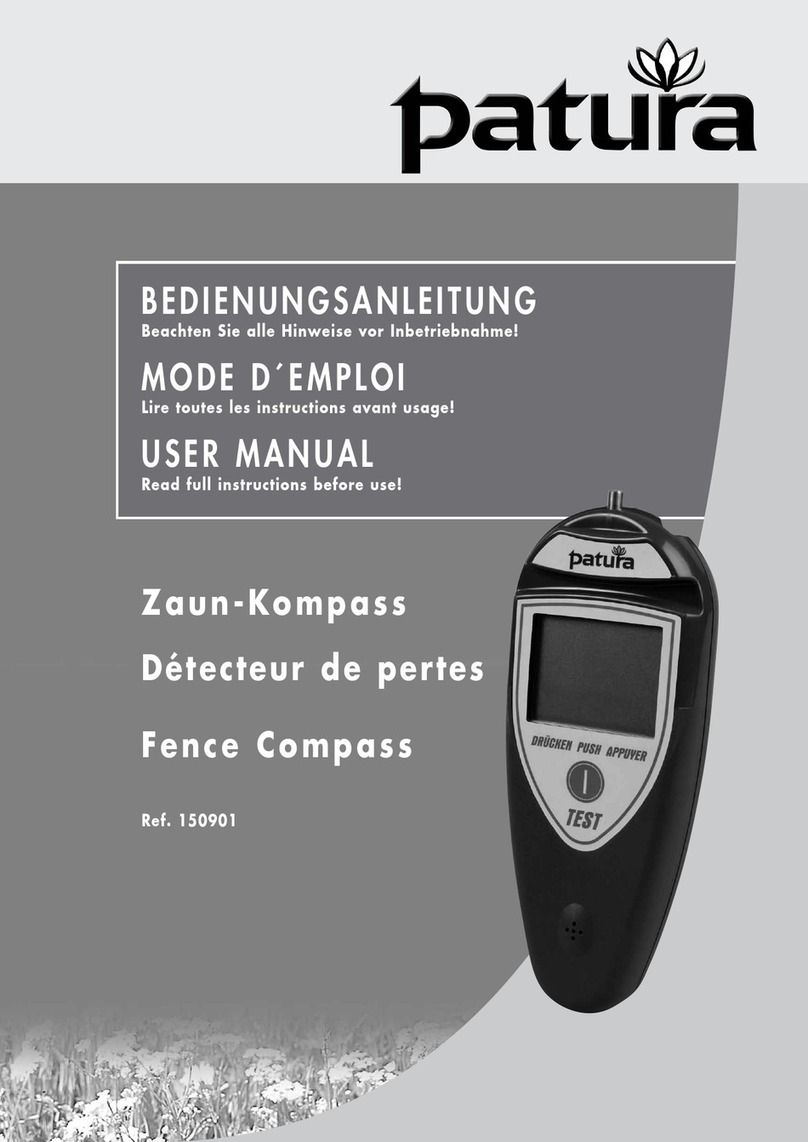Discovery Telecom Young Explorer Kit User manual

Inspired by
Please retain the information on this manual
for future reference.
Colour, designs and decorations may vary
from those shown in the photographs.
Printed in China.
Customer Services:
+44 (0)1702 208175
Item no. TDK33
© 2018 Discovery Communications LLC.
Discovery kids and the Discovery Kids logo are
trademarks of Discovery Communications,
LLC, used under license. All Rights Reserved.
discoverykids.com www.trendsuk.co.uk
Trends UK LTD,
Greatworth Hall,
Banbury, OX17 2DH. UK
Email: [email protected]
Young Explorer Kit
Young Explorer Kit
Instruction Manual
AGES
8+
Not suitable for
children under 3 years of age.
Small parts. Choking hazard.
To be used under the direct supervision of an adult.
Dispose of used batteries
immediately. Keep new and used batteries away
from children. If you think batteries might have
been swallowed or placed inside any part of the
body, seek immediate medical attention.
Requires 3 x AG13
Button Cell Batteries (included)
TAKE
A CLOSER
LOOK AT THE
WORLD
CONTAINS
EVERYTHING
YOU NEED TO
START PLANNING
YOUR VERY OWN
OUTDOOR
ADVENTURE!
VIEW
DISTANT
OBJECTS IN
SHARP
FOCUS TAKE A
CLOSER LOOK
WITH YOUR OWN
POCKET
SCOPE

Inspired by
2 3
When you pick up a pair of binoculars, it’s like
looking through two telescopes at the same time!
They are easier on the eyes than a telescope as
there is less eye strain when viewing objects and
scenes.
Focusing is achieved by moving the central wheel
on the bridge between the two eyepiece tubes.
These 4 x 30 magnification binoculars are
lightweight and compact making them
convenient to carry around.
Binoculars Alternatively, place the microscope directly on
top of larger specimens. Switch on the light,
look through the eyepiece and use the focus
wheel to achieve a sharp image.
First, find a suitable
specimen. This can be a leaf,
a piece of bark, or any other
small sample. Ideally, place
the specimen on some white
card, then position the
microscope over this.
Field Microscope
A compass is an instrument that indicates
direction relative to the four geographical
cardinal points, North, South, East and West.
It was first invented around 200 BC in China, and
introduced to Western Europe around the 13th
century.
It works by using a magnetised needle that
aligns with the magnetic field in the earth, so
that one end always points to the North; you can
then use the markings on the compass to
determine direction in relation to this.
Compass
Basic Compass Reading
By simply moving your compass with your body
and using the N-E-S-W markings, you can get a
good idea which way you are going.
This is often all you need from your compass.
However, your compass also has numbers
and tiny lines around the outside.
When you need to find your way from
one particular place to another,
you need to use these numbers
to find out the bearing to that
remote place.
The direction you are going is
called your heading. Heading
and Bearing are pretty much the
same thing. The image illustrated
is a heading of about 240 degrees.
Take a Bearing
• Hold the compass level - if the compass is
tilted, the needle will touch the clear lid and
not move correctly.
• Read the correct end of the needle.
• Use common sense, such as knowing that if
you are in Europe, the sun during the middle
of the day, you are heading in a southerly
direction.
• Keep the compass away from metal objects -
even a knife, flashlight, or keychain can cause
a false reading if too close to the compass
because they are magnetic, and can affect the
position of the needle.
Compass Reading Tips
Components
CONTAINS
EVERYTHING
YOU NEED TO
START PLANNING
YOUR VERY OWN
OUTDOOR
ADVENTURE!
3 x AG13 (LR44) 1.5V button cells
Insert batteries in the body of the microscope.
You will need a Phillips head (+) screwdriver to
remove the battery compartment cover.
Make sure they are in the correct polarity.
Replace the battery compartment cover and
re-insert the screw. Do not over tighten.
Battery Installation
Adults only
This unit uses 3 x AG13 (LR44) 1.5V Button Cells included
– Only adults should replace batteries.
– Do not mix battery types or old and new batteries.
– Non-rechargeable batteries are not to be recharged.
– Batteries are to be inserted with the correct polarity.
– Do not short-circuit the supply terminals.
– Remove exhausted batteries from the microscope.
– When microscope is not in use, remove batteries to
prevent possible leakage.
– Use only recommended or equivalent battery types.
– Do not dispose of batteries in fire: batteries may
explode or leak.
IMPORTANT INFORMATION Safe Battery Usage
Binoculars
Compass
Explorer’s
notepad &
pencil
Field
microscope
Built-in Compass
Carry strap
Carry strap
Integrated
illuminator
On/off switch
Focus
wheel
4x Eyepiece
30mm
Objective
lenses
To read your compass:
• Hold your compass steadily
in your hand so the baseplate
is level.
• Hold it about halfway
between your face and
waist in a comfortable
arm position with your
elbow bent and compass
held close to your
stomach.
• Look down at the compass
and see where the needle points.
This compass is pointing due North
(also 0 degrees), because the direction we
are facing is the same as the direction of the
moving arrow.
• Turn your body while keeping the compass
in front of you.
• Notice that as the compass
rotates, the needle stays
pointing the same
direction (north).
In the example right,
we are heading
West (270 degrees).
